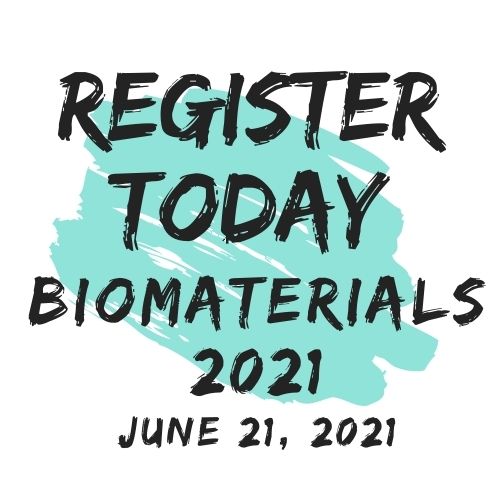Elena Grosu
University POLITEHNICA of Bucharest, Romania
Title: Antimicrobial applications of substituted benzoylthiourea derivatives in wound dressing for bedsores
Biography
Biography: Elena Grosu
Abstract
Some diseases that require the patient to lie down for a long time are associated with the appearance of bedsores on large parts of the human body, due to the pressure subjection of different portions, especially the hips and buttocks. Damaged skin is exposed to microbial infections, which delays the healing process and increases suffering due to pain. Patients should apply andages directly to the damaged skin to protect it from direct contact with clothing and to speed up the healing process. Numerous researches have been carried out to achieve highperformance wound dressings that improve the health of patients. Based on prior studies performed on thiourea derivatives antimicrobial properties, in this paper we present four wound dressing compositions based on medical grade water soluble polymers (poloxamer, β-cyclodextrine, polyvinylpyrolidone, PVA) and additives, named AM1, AM2, AM3, AM4, loaded with new benzoylthiourea derivatives substituted with fluorine atoms named CTEp87, CTEp89, CTEp93, in order to increase the antimicrobial, antifungal and antiviral properties. Before clinical studies, we present some preclinical tests of wound dressing compositions that are mandatory, namely:
- qualitative determination of the antimicrobial effect of the compounds tested by the spot seeding technique.
- quantitative testing performed by the method of serial microdilutions in liquid medium.
- study of the influence of the tested compounds on the development of microbial biofilms on inert substrate.
- testing the adhesion capacity to the polymeric substrate functionalized with benzoylthiourea-derivatives active substances, using the method of determining the number of CFU/ml.
Microbial strains were selected according to the standard “SR EN 14885
-Chemical disinfectants and antiseptics - Application of European Standards for chemical disinfectants and antiseptics”
The antimicrobial efficacy has been reported against Staphylococcus aureus ATCC 25923, P. aeruginosa ATTC27853, Candida albicans ATCC 10231 grown on PDA (potato dextrose agar) media.
Recent Publications
1. Limban C., Chifiriuc M. C., Caproiu M. T., Dumitrascu F., Ferbinteanu M., Pintilie L., Stefaniu A., Vlad I. M., Bleotu C., Marutescu L. G., Nuta D. C., (2020) New substituted benzoylthiourea derivatives: from design to antimicrobial applications benzoylthiourea derivatives: from design to antimicrobial applications. Molecules 25:1478.
2. Grosu E., Trifoi A., Rapa M., Gherman T. M., Turcanu A., Filip P., (2018) Study of the drug diffusion through polymeric membranes. Rev. Chim. 69: 783 – 789.
3. Grosu E., Ficai A., Rapa M., Vlad G., Jecu L., (2013) Selecting medical grade polymers and testing for achieving antibacterial devices tubular prosthetic. Journal of optoelectronics and advanced materials, 7-8: 905 – 910.
4. Fierascu I., Rădițoiu V., Nicolae C.A., Rădițoiu A., Dițu L.M., (2019) Analytical characterization and potential antimicrobial and photocatalytic applications of metal-substituted hydroxyapatite materials. Analytical Letters, 52 (15):2332-2347.
5. Fierascu I., Rădițoiu V., Nicolae C.A., Rădițoiu A., Dițu L.M., (2019) Analytical characterization and potential antimicrobial and photocatalytic applications of metal-substituted hydroxyapatite materials. Analytical Letters, 52 (15):2332-2347.
6. da Silva L. P., Reis R. L., Correlo V. M., Marques A. P., (2019) Hydrogel-based strategies to advance therapies for chronic skin wounds. Annual review of biomedical engineering, 21:145-169.


